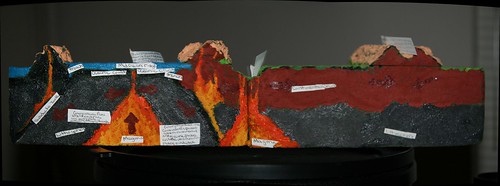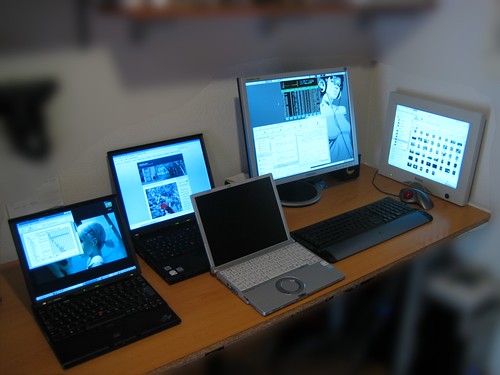I would use the PhET States of Matter Basics simulator to teach the grade 7 about changing states of matter and the relationship to the particle model of matter. A basic lesson on the 3 states of matter would have already been covered with some group discursion on what might happen to the atoms when heat is added or taken away from a material. I would then demonstrate one of the scenarios with the students outlining the results together. They would then work on laptops in pairs or groups of 3 to determine (G-generate) what happens when heat is added or removed from matter.
PhET States of Matter Simulation
They could then come up with some generalizations from their observations and share them with another group.
We could then return to a class discussion and list their findings and see how they align with the particle model of matter. We could also discuss the processes used to change phases of a substance, including pressure. We would then review the particle model and discuss any additions that we could add to it (adding heat to a material makes the particles move faster).
Using technology helps the students visualize the particles that they could not possibly see with their eyes. The simulation is simple but allows for some extension for those that need it.
This simple activity follows the T-GEM (Technology-Generate, Evaluate and Modify) cycle outlined by Khan (2007 & 2010). Through using technology to simulate the effects of temperature on materials, in relation to the particle model of matter, students can view the results quickly and efficiently, without the materials and time needed for working through an entire lab or series of labs. We can use these simulations to easily teach concepts that would be much more difficult if carried out in our school labs. T-GEM strategies, including computer generated simulations, streamline teaching and learning.
References:
Khan, S. (2007). Model-based inquiries in chemistry. Science Education, 91(6), 877-905.
Khan, S. (2010). New pedagogies for teaching with computer simulations. Journal of Science Education and Technology, 20(3), 215-232.






